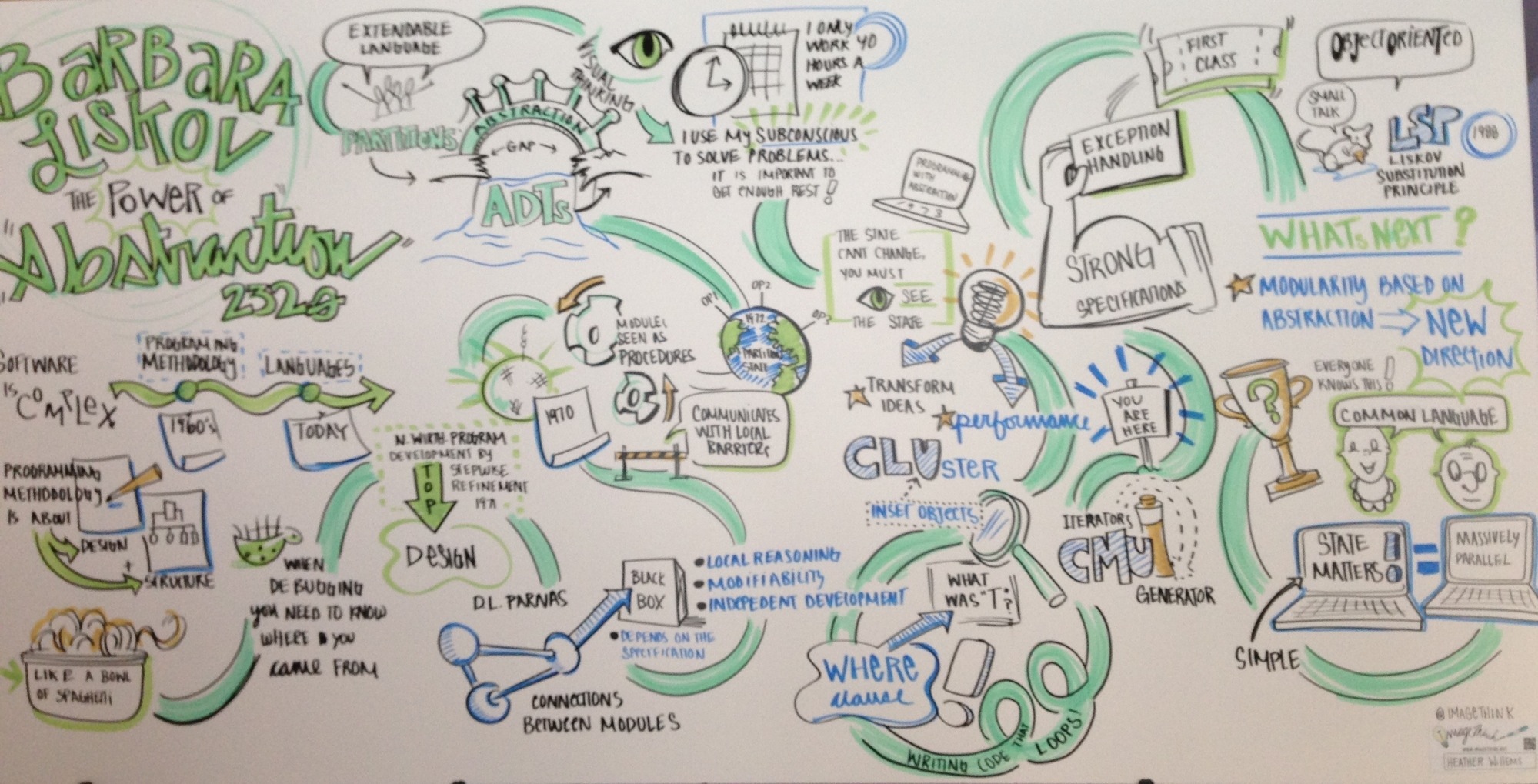Today I opened a milk carton that was printed with a thank you, because by buying this brand of milk we are supporting dairy hill farmers. Germany is the home some of the hardest discounters (and other retailers) who, acting in the interest of the consumer, use their economies of scale to dictate the purchasing cost for food and other goods. This process has lowered the retail prices in Germany to the lowest in the EU. However, it also jeopardizes farmers and other producers.
What if there is a better way for pricing?
First I would like to look at the reasons why consumers push for such low prices and then propose an alternative pricing model. While retailers act in the interest of consumers to lower the cost of goods, they also want to maximize their return. So the price of the goods gets an additional level of complexity. Competing retailers advertise their prices and consumers can compare the offers. Commodities such as milk are not differentiated, so the comparison is easy. Rational consumers decide for the cheaper offer, since they need to maximize the utility of their income.
However, I think that there is a second interest that the consumer is after, at least me. Since there is a considerable retail margin on top of the goods, it is this we are trying to optimize away. Retailers have long lost their personality and their knowledge but still try to earn the same margin. For example, I know more about the BMW I am pursuing or the camera than my dealers do. All the information is available on the internet and as a buyer I am more interested in the product than the dealer. With all the price transparency would you buy more at a more expensive retailer if the there is zero benefit to it?
In addition, I think that consumers want to support the producers of goods, some of my colleagues are also supportive of retailers (much more so than me).
New pricing model
Discounters that often offer only one type of a commodity, should provide two prices for that good. One that is calculated hard as it is today and one that is a few cents more expensive. That additional margin transparently and to 100% is cashed out directly to the producer of the good. Without even ending on the profit and loss account of the retailer. Technology should make this easy to implement.
One could extend this strategy to other products and retailers, too.
A consumer can then decide if they want or if they can support the producer directly without in any way supporting the retailer (other than purchasing at the store). This would increase fairness to the producers. By having two prices for a single product, the consumer can themselves decide (not through the proxy of the discounter) if the prices are too high. It would still be good for the retailer who would provide the offer, initially differentiating themselves from the competition and later still provide that solid margin for the base good.
It is also fair to the consumer, since not all are equal. Wealthy consumers could easily afford the higher prices, while the poorer could pay the lower prices, knowing that the pricing model is supporting the producers. Both could decide to do the opposite if they so wish. This model would directly show the interest of the consumer to the producer without being proxied through the retailer.
Why not just buy that milk brand described in the introduction? How fair is that? Who gets the margin? Is it fair to the consumer? Where can I get that brand? Transparency, fairness, availability are all reasons to not use that model, if the proposed strategy is implemented.

